
 注册领资料
注册领资料

 注册领资料
注册领资料

Most attempts by physicists to send particles faster than the speed of light involve a remarkable phenomenon called quantum tunneling, in which particles travel through solid barriers that appear to be impenetrable. If you throw a ball at a wall, you expect it to bounce back, not to pass straight through it. Yet subatomic particles perform the equivalent feat. Quantum theory says that there is a distinct, albeit small, probability that such a particle will tunnel its way through a barrier; the probability declines exponentially as the thickness of the barrier increases. Though the extreme rapidity of quantum tunneling was noted as early as 1932, not until 1955 was it hypothesized—by Wigner and Eisenbud—that tunneling particles sometimes travel faster than light. Their grounds were calculations that suggested that the time it takes a particle to tunnel through a barrier increases with the thickness of the barrier until tunneling time reaches a maximum; beyond that maximum, tunneling time stays the same regardless of barrier thickness. This would imply that once maximum tunneling time is reached, tunneling speed will increase without limit as barrier thickness increases. Several recent experiments have supported this hypothesis that tunneling particles sometimes reach superluminal speed. According to measurements performed by Raymond Chiao and colleagues, for example, photons can pass through an optical filter at 1.7 times the speed of light.
【OG18-P422-541题】The author of the passage mentions calculations about tunneling time and barrier thickness in order to
A suggest that tunneling time is unrelated to barrier thickness
B explain the evidence by which Wigner and Eisenbud discovered the phenomonon of tunneling
C describe data recently challenged by Raymond Chiao and colleagues
D question why particles engaged in quantum tunneling rarely achieve extremely high speeds
E explain the basis for Wigner and Eisenbud's hypothesis
【OG18-P422-542题】The passage implies that if tunneling time reached no maximum in increasing with barrier thickness, then
A tunneling speed would increase with barrier thickness
B tunneling speed would decline with barrier thickness
C tunneling speed would vary with barrier thickness
D tunneling speed would not be expected to increase without limit
E successful tunneling would occur even less frequently than it does
【OG18-P422-543题】Which of the following statements about the earliest scientific investigators of quantum tunneling can be inferred from the passage?
A They found it difficult to increase barrier thickness continually.
B They anticipated the later results of Chiao and his colleagues.
C They did not suppose that tunneling particles could travel faster than light.
D They were unable to observe instances of successful tunneling.
E. They made use of photons to study the phenomenon of tunneling.

申友留学APP
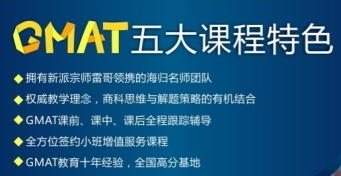
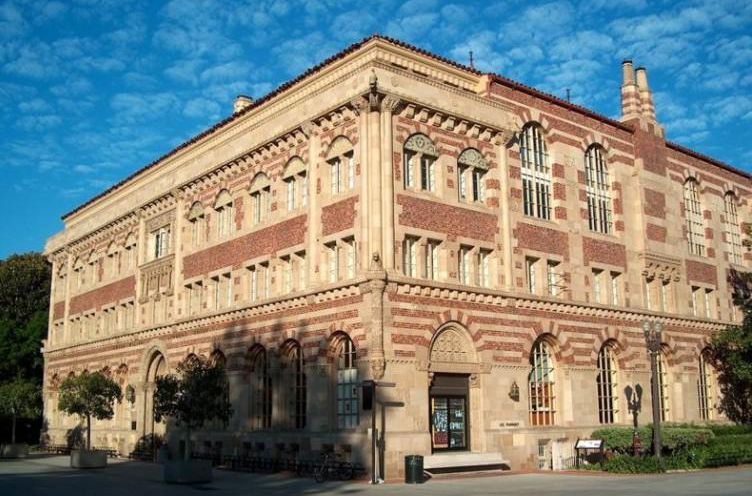
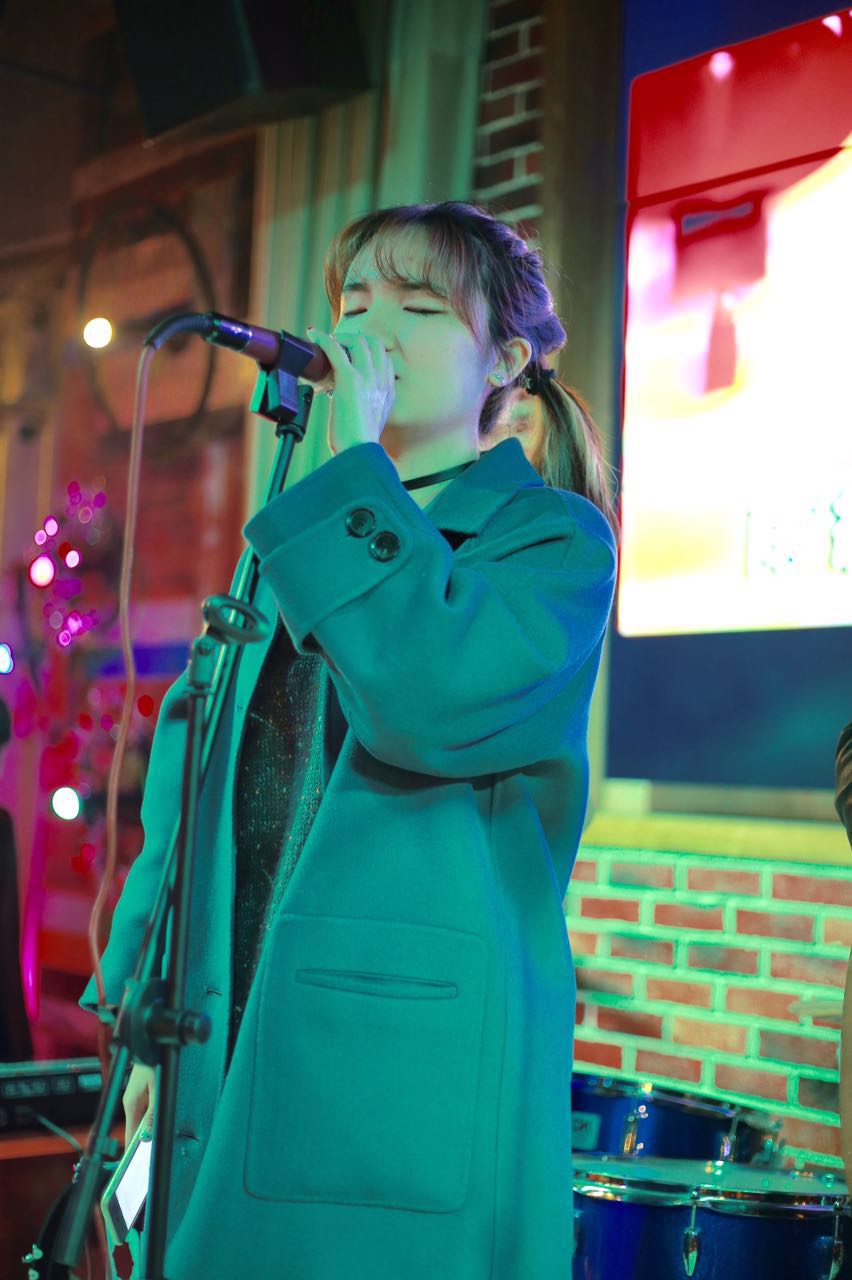


上海(总部)服务中心
地址:上海市徐汇区文定路218号德必徐家汇WE艺术湾B座
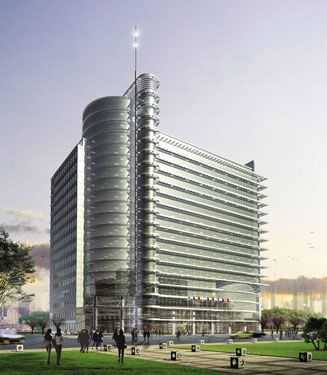
北京服务中心
地址:北京市朝阳区雅宝路7号 E园EPARK大厦4楼(预约洽谈)
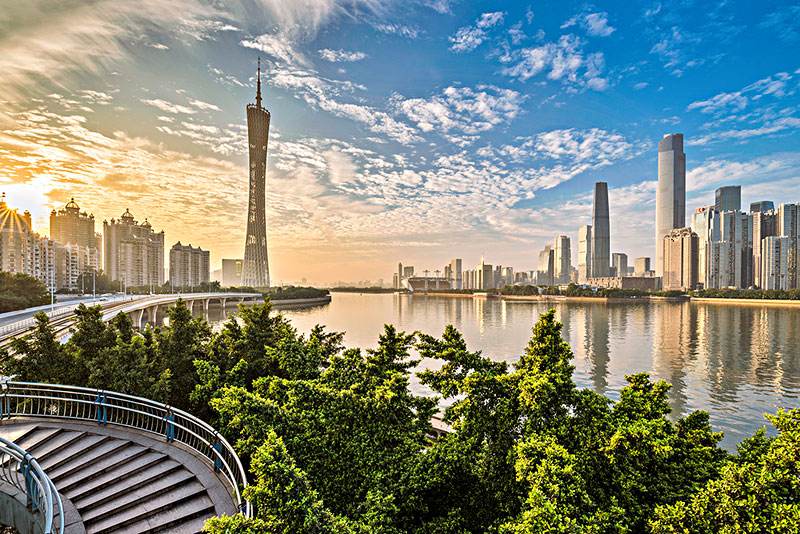
广州服务中心
地址:广州天河区华穗路406号保利克洛维中景大厦(预约洽谈)
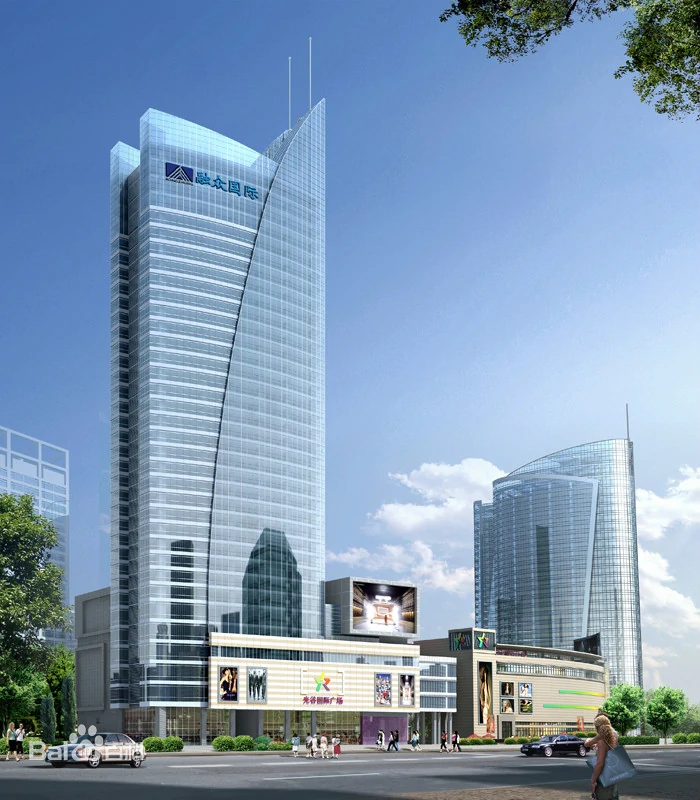
武汉服务中心
地址:武汉市珞喻路889号光谷融众国际写字楼17层
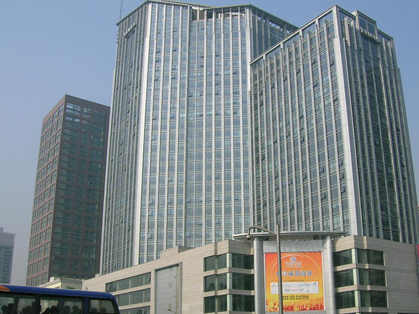
成都服务中心
地址:四川省成都市锦江区春熙路街道梓潼桥正街25号西部文化产业中心8楼
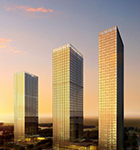
杭州服务中心
地址:杭州市江干区江锦路159号 平安金融中心B座9楼
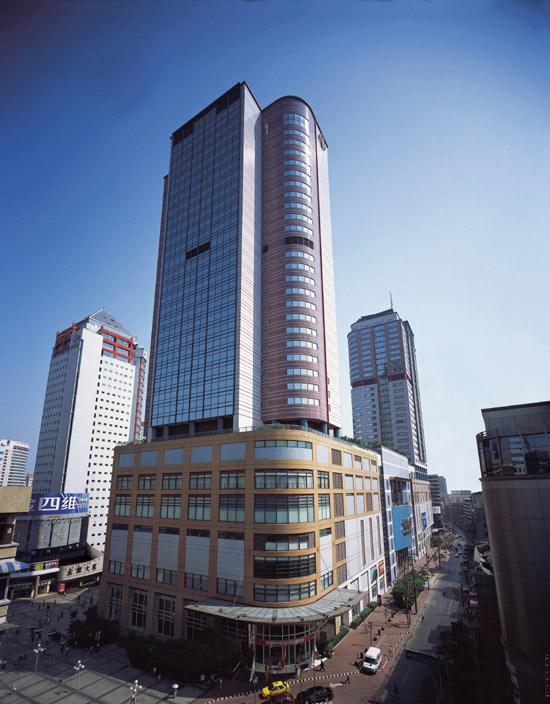
重庆服务中心
地址:重庆市渝中区邹容路68号大都会广场
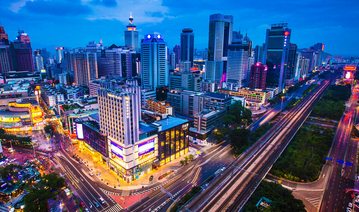
深圳服务中心
地址:深圳市南山区玉泉路116号融创毅哲大厦(预约洽谈)
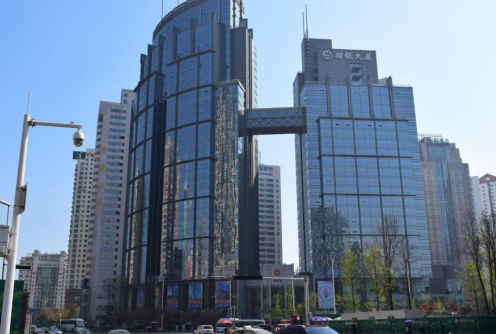
青岛服务中心
地址: 青岛市市南区南京路8号 府都大厦

我的留学方案